Have you ever got neck or back pain when you wake up in the morning? You may have an improper sleeping position the night before.
The way you sleep can sometimes change and getting your sleep position right can make a big difference in the way you feel when you wake up. Sleeping the wrong way can cause many problems such as lower back pain, obstructive sleep apnea, or cause toxins to filter out of your brain more slowly.
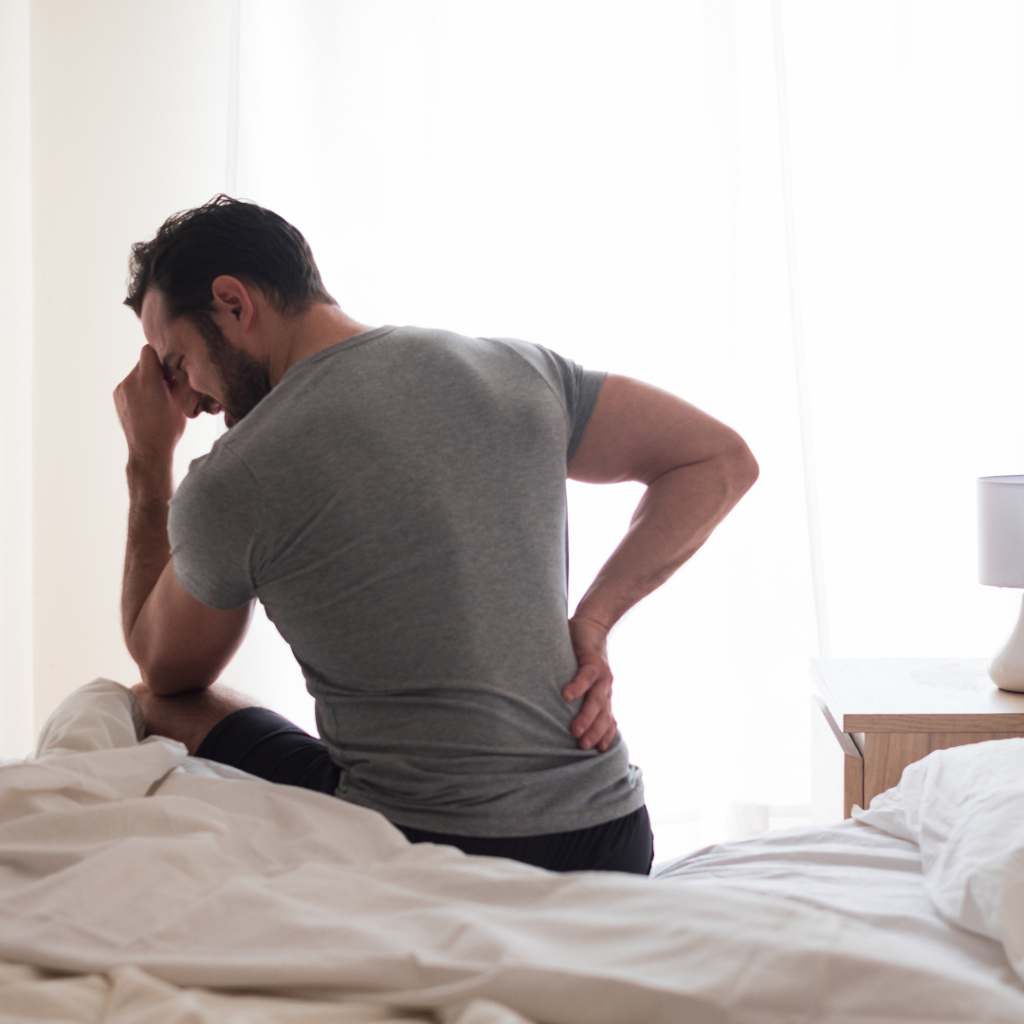
Therefore, taking the time to train yourself to get the best sleep position is essential to improve your sleep quality. Once you begin to manage your sleeping position, you will have trial and error, and it might not be the thing that you can complete in one night.
What are some common sleep positions?
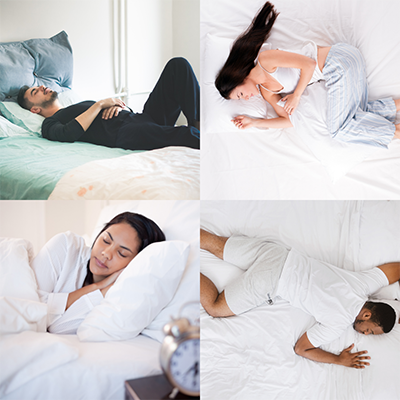
- Sleeping on your side
By far it is one the most popular sleeping position for lower back pain among all people, and it can help reducing snoring and improve your digestion. According to the research, switching sides at night may help reducing heartburn and acid reflux. However, it has certain drawbacks such as sagging breasts and jaw tightness. Don’t forget to choose a good pillow to avoid neck and back pain.
- The fetal position
Most people prefer a specific position by curling up on their sides with their knees bent, while it is a good choice for pregnant women for lower back pain. But it may limit deep breathing while you snooze. Remember to keep your leg extended if you want to make this position more comfortable.
- Lying on your stomach
Not a lot of people choose this position since it can easily cause both neck and back pain, as well as unnecessary strain to your muscles and joints. You can place a pillow under your lower belly to reduce such pain.
- Flat on your back
People with this sleeping position can perceive numerous health benefits. Since sleeping on your back uses gravity to keep your body in an even alignment over the spine, it can help reduce the unnecessary pressure on your back. Putting a pillow behind your knees can help support the natural curve of the back.
Recommendation for best sleep position
There is no best sleep position for all people, and different type of position varies in their benefits and drawbacks.
For people with congestive heart failure, sleeping on the right side can be the best choice. When they sleep on their backs and left sides, their heartbeat might disturb their sleep. While for people with serious snoring and sleep apnea, it is usually best to sleep on their side. If you consider the best position for lower back pain, sleeping on the side with a good pillow is a good choice.
However, if you prefer back sleeping, try stacking a few pillows underneath your head to reduce the snoring. Still, for pregnant women, side sleeping can be the best choice since it can maximize their circulation for both the mother and the baby.
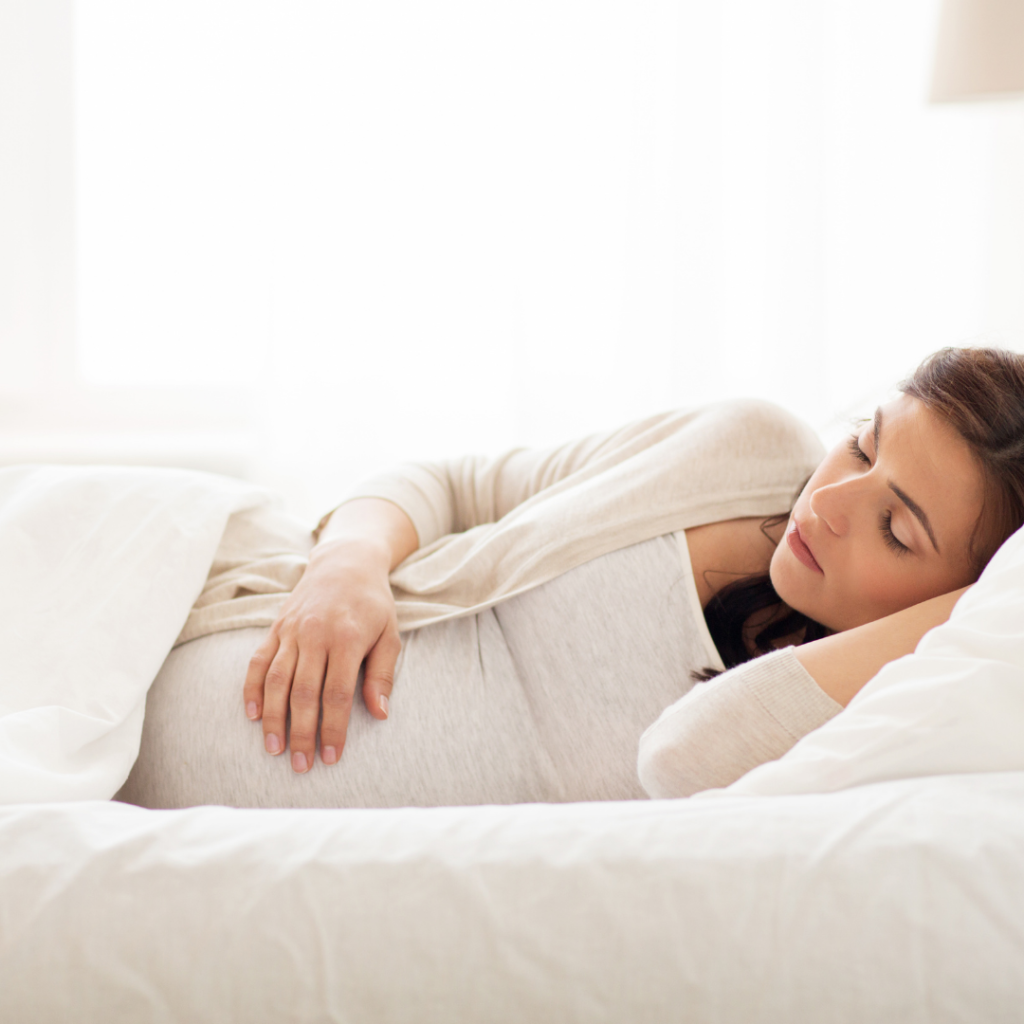
Other tips for a good night’s sleep
Your sleeping position matters more than you think, and both your physical and mental can be affected if you suffer from sleeping problems. Here are certain tips for you to improve a good night’s sleep:
- Avoid excessive stimulants such as caffeine before bed
- Exercise regularly during the day
- Establish a nightly schedule that helps you relax and unwind
- Choose a better mattress and pillow
Try use meditation apps such as MindZone can be another choice for you to calm down your mind. Remember there is no best sleep position for all people, do what feels best for you, and make sure you are waking up feeling rested and ready to go.
Here is the infographic of #best sleep position to improve your night’s sleep. We Hope it will help you spend a pleasant night and welcome an energetic morning in the next day.
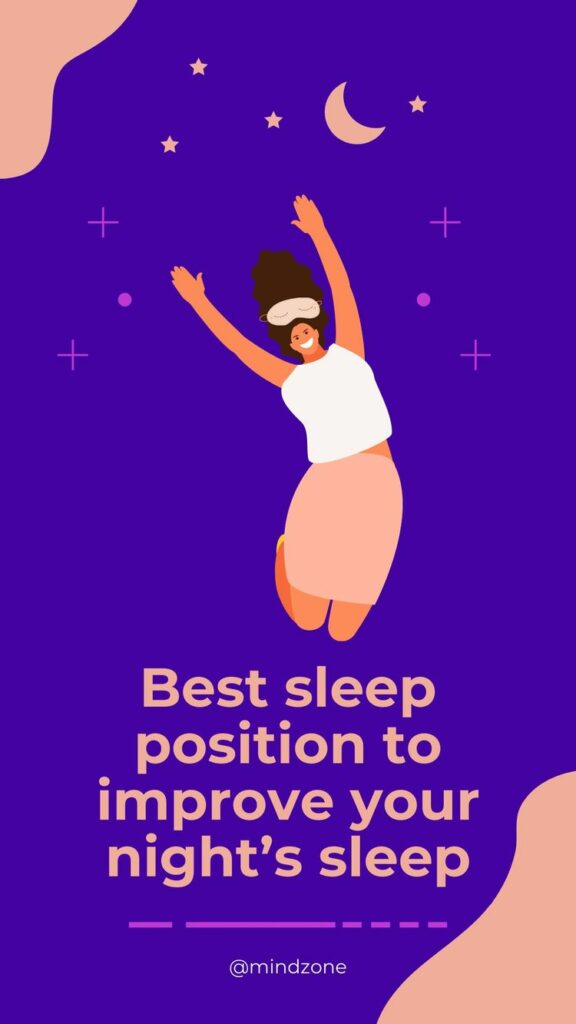
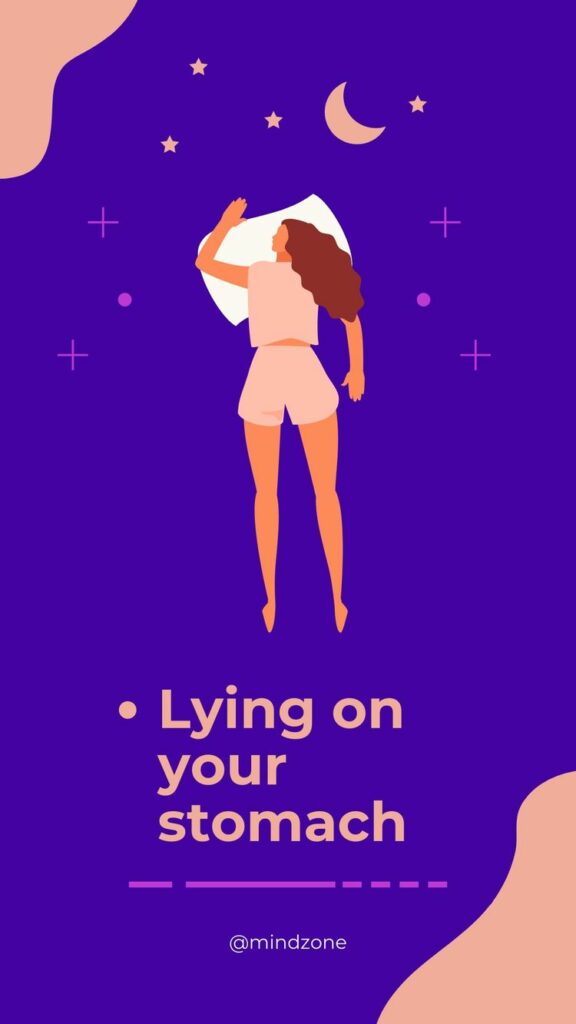
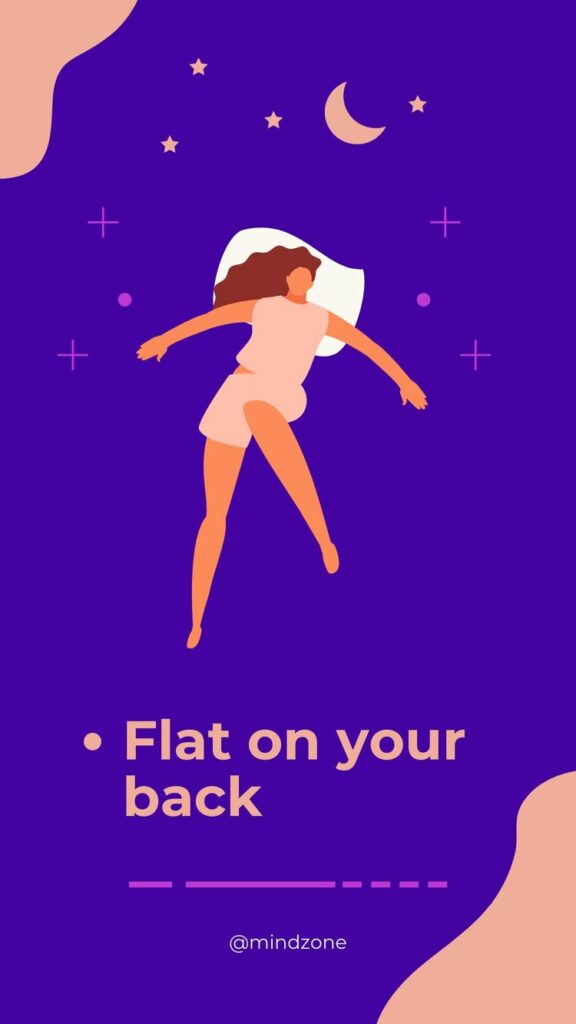
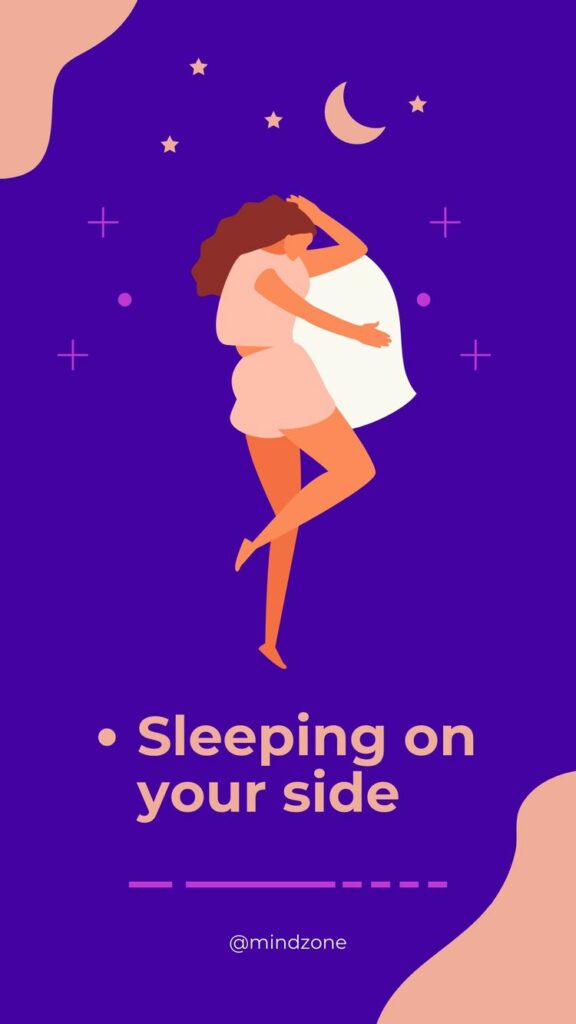
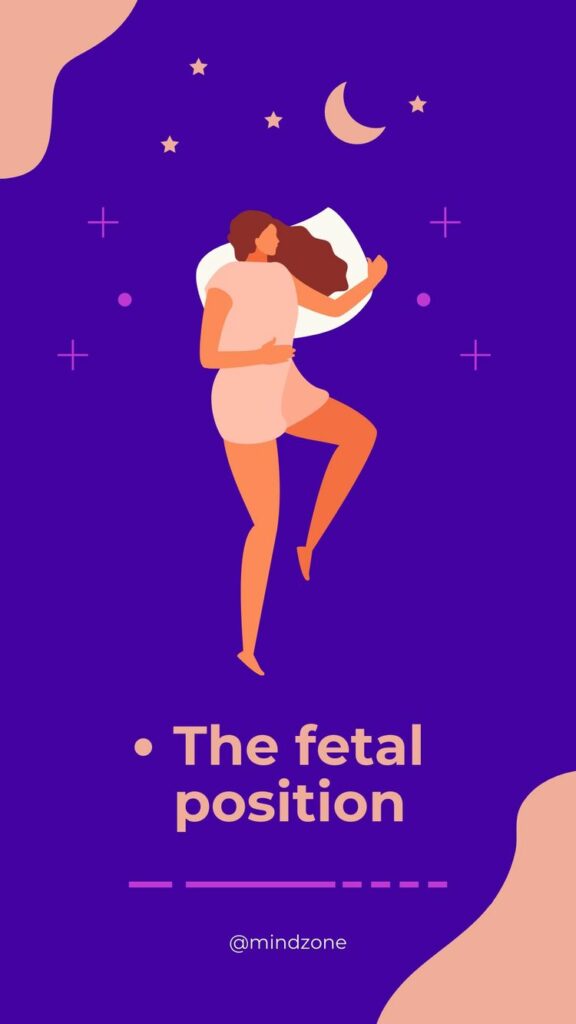
You might also like:


